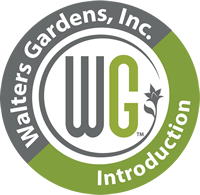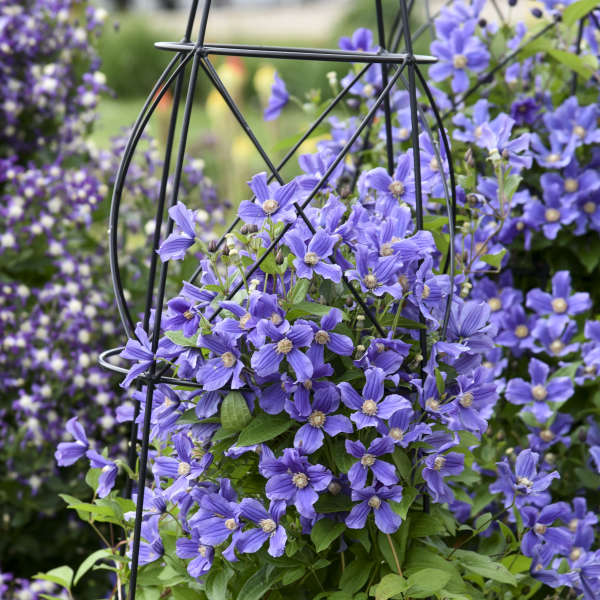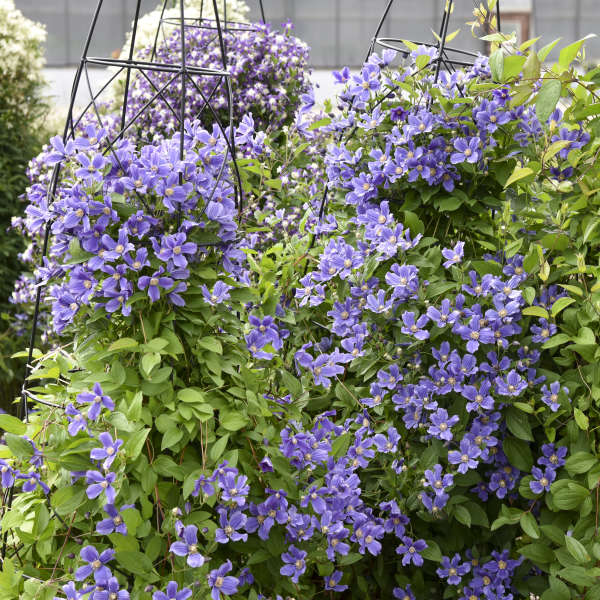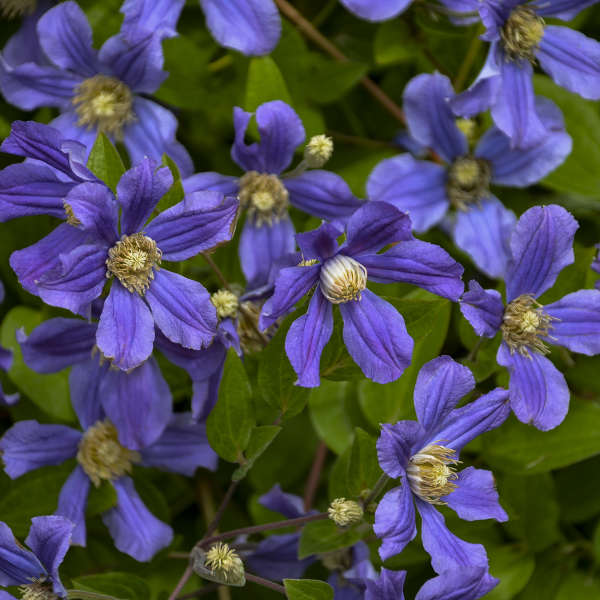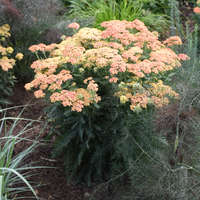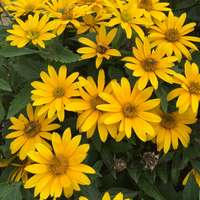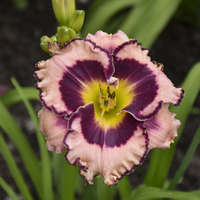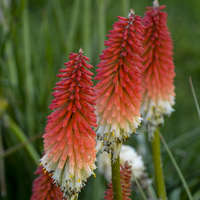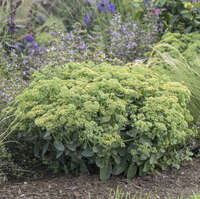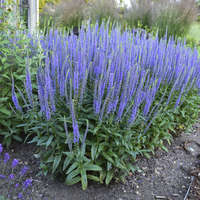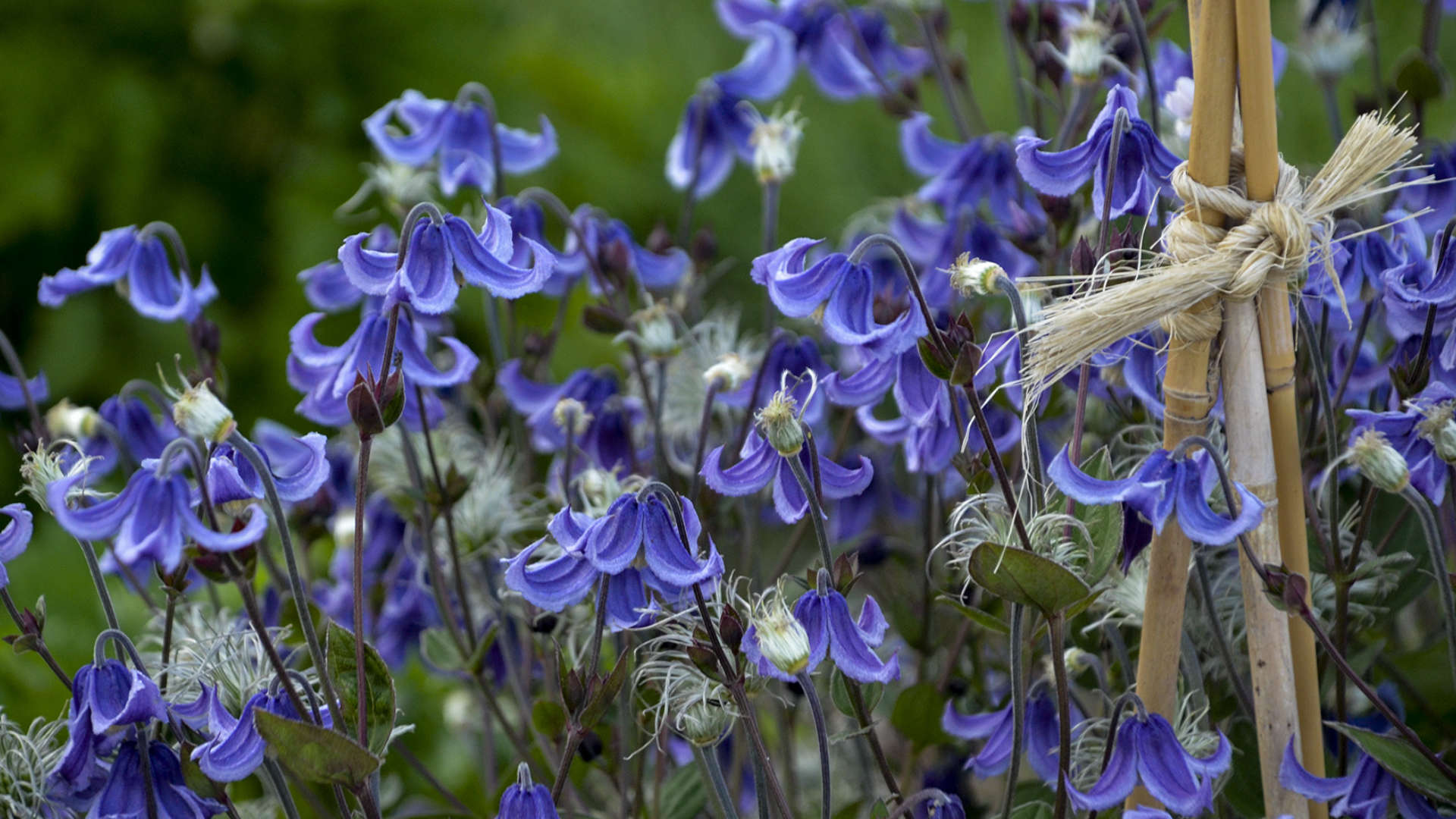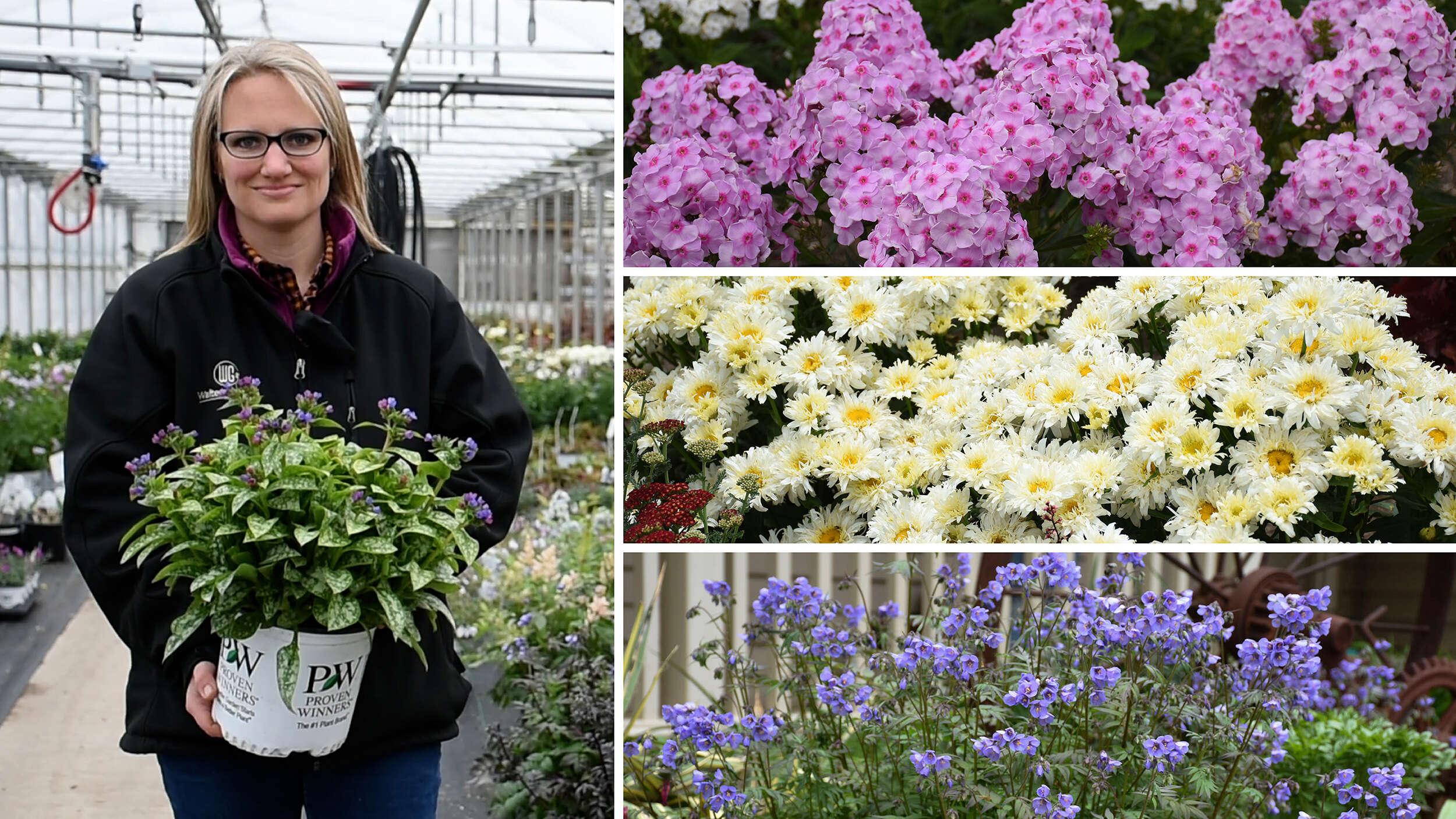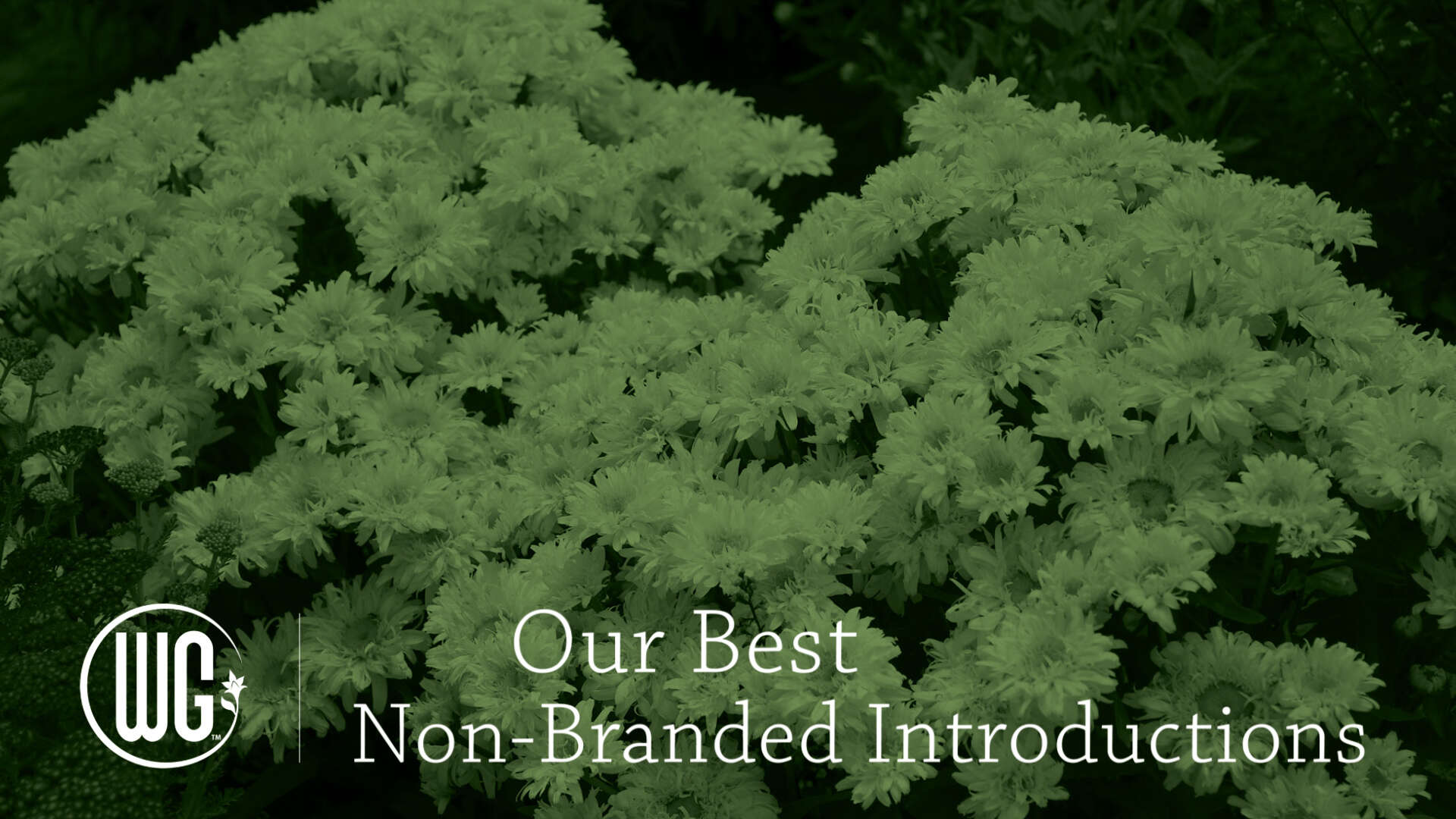Growing Temperature:
Start cool at 45° F
Holding Temperature:
55° F
Soil PH:
5.7-6.4
EC (What is EC?):
1.5-2.5 pour through method
Fertility:
Use water soluble fertilizers at a rate of 50-100 ppm nitrate delivered under a constant feed. To prevent salts from reaching undesirable levels, irrigate with clear water every fourth watering.
Vernalization:
Liners will arrive vernalized.
Pests & Diseases:
Root knot nematode, blister beetle, tarnished plant bug, cyclamen mite.
Leaf spot (Ascochyta and others), powdery mildew, smut, rusts, leaf blight (Pleospora), bacterial wilt, stem rot, bacterial crown gall (Agrobacterium).
Potting & Timing:
The 15ct trays have been planted so that the crown is at the appropriate level below the soil surface. When receiving the trays, plant the liners so that the soil surface of the liner is about 1/2" below the soil surface in the pot. At planting time insert either a stake or trellis in the pot if they are not already staked. It is best to insert your support system right away because young shoots can be damaged very easily. After planting, water thoroughly using clear water. Begin growing cool (40-45 degrees F) so that the roots can start growing before the tops start making their demands on the root system. Once the roots are established you can increase the temperature to 55 degrees F to finish.
Moisture:
Soil should be allowed to dry between waterings but not to the point of wilting. To help prevent foliar diseases, water plants early in the day, which allows the foliage to dry out before nightfall.
Planting Level:
Plant the liner so that the soil surface is approximately 1/2" below the soil surface of the pot.
Other Comments:
Controlling foliar pathogens should be done on a preventative basis. Apply every 14-21 days and rotate between chemicals to avoid resistance. Do not apply fungicides containing the active ingredient Etridiazole (trade names Banrot, Terrazole and Truban). These chemicals will cause severe phototoxicity and most likely plant death. The following fungicides are considered safe to apply: Cleary's 3336, Domain, Fungo, Daconil, Spectro 90, Chipco 26019, Sextant and Zerotol.
